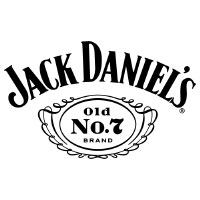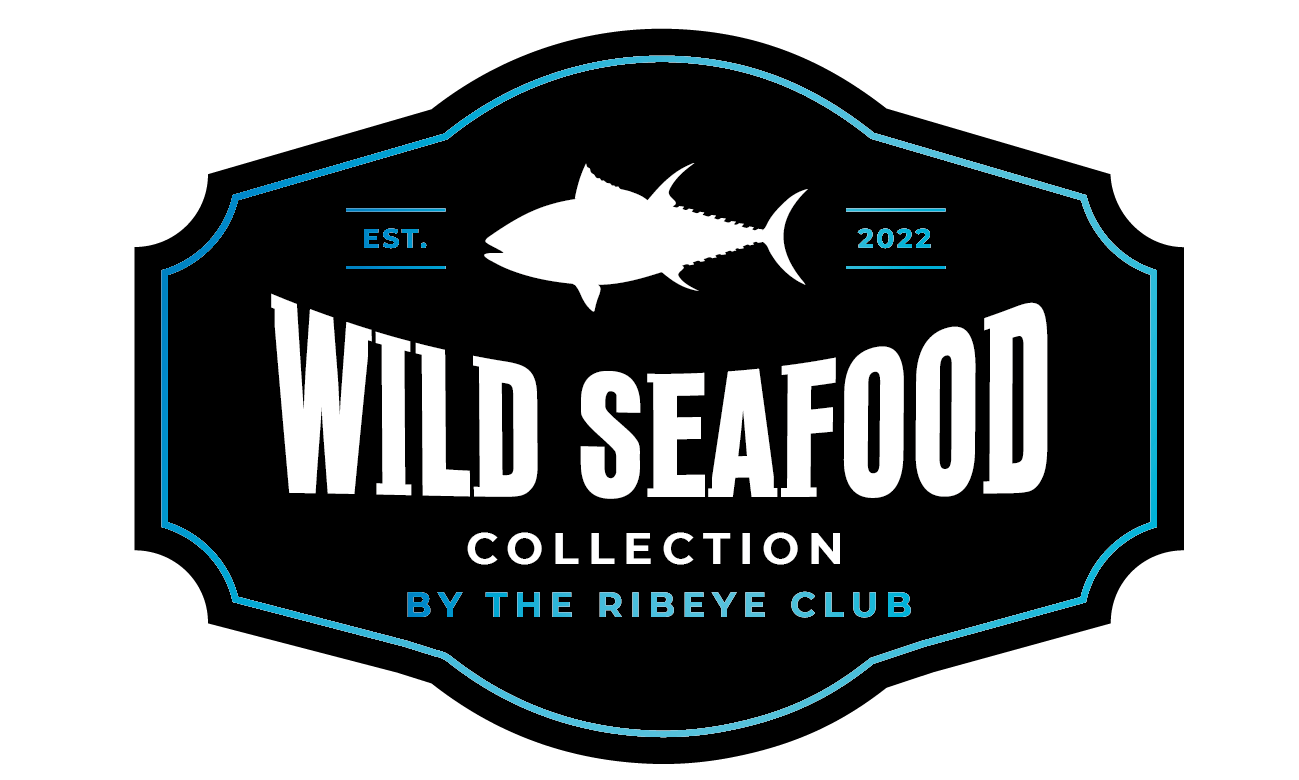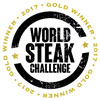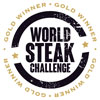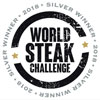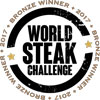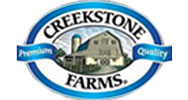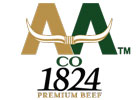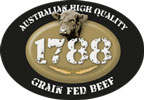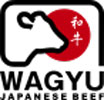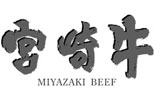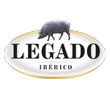What is Dry-Aged Meat?
The aging is a fundamental process through which the meat is given a complexity of flavors and becomes extraordinarily tender and aromatic; without this process the fresh meat would be stiff and have a light metallic taste.
After the slaughter the muscle fibers of the animal undergo a contraction, and only after a time lapse at a certain temperature and controlled humidity, in a totally natural process, the rupture of the muscle’s fibers occurs making the meat tender and ready to be cooked.
The Ribeye Club performs a unique aging of 40 days for optimum results, called Dry-Aged Care.
Discover Dry-Aged Care
The aging is a fundamental process through which the meat is given a complexity of flavors and becomes extraordinarily tender and aromatic; without this process the fresh meat would be stiff and have a light metallic taste.
After the slaughter the muscle fibers of the animal undergo a contraction, and only after a time lapse at a certain temperature and controlled humidity, in a totally natural process, the rupture of the muscle’s fibers occurs making the meat tender and ready to be cooked.
The Ribeye Club performs a unique aging of 40 days for optimum results, called Dry-Aged Care.
-
Week 1
Prime beef is placed in our dry aging cabinets with strict temperature, humidity and air-flow controlled requirements. The process of dry-aging is called proteolysis, allowing the natural breakdown of muscle protein and collagen to occur in an atmospherically controlled environment. Enzymes within are released into the meat where the breakdown process begins, allowing amino acids to act on the muscle tissue, resulting in tenderisation to take place, releasing its full flavour.
-
Week 2
The primal’s entire mass further reduces in size as it continues to expel water into the specifically modified atmospheric environment where its unique concave shape begins.
-
Week 3
The collagen continues to break down and its moisture is pushed outwards from within its core. The front and sides of the cut aid as a waterproof barrier with its fat and bone coverage, directing evaporation to occur from out the front and rear. Typical shrinkage is around 10-15% in the first three weeks.
-
Week 4
The meat continues to further shrink as the water is expelled. However, fat coverage does not shrink and remains constant. At this point at week 4, the enzymes have played a significant role in changing the primal’s composition where the dry-aged flavor becomes clearly distinct. It is common for the aging process to cease at this point where most of the ageing process has been carried out.
-
Week 5
Depending on customer requirements and the cut of beef used, the primal can be further aged in addition to its standard four week minimum period, resulting in a more intense dry-aged flavor. At the conclusion of the aging period, the primal looses up to one third of its original mass. Then removed from the ageing room where its outer crust is trimmed, revealing its succulent, uniquely flavorsome and perfectly preserved deep red meat.
-
Enjoy!
Your extraordinarily tender and aromatic meat is ready for enjoyment!




